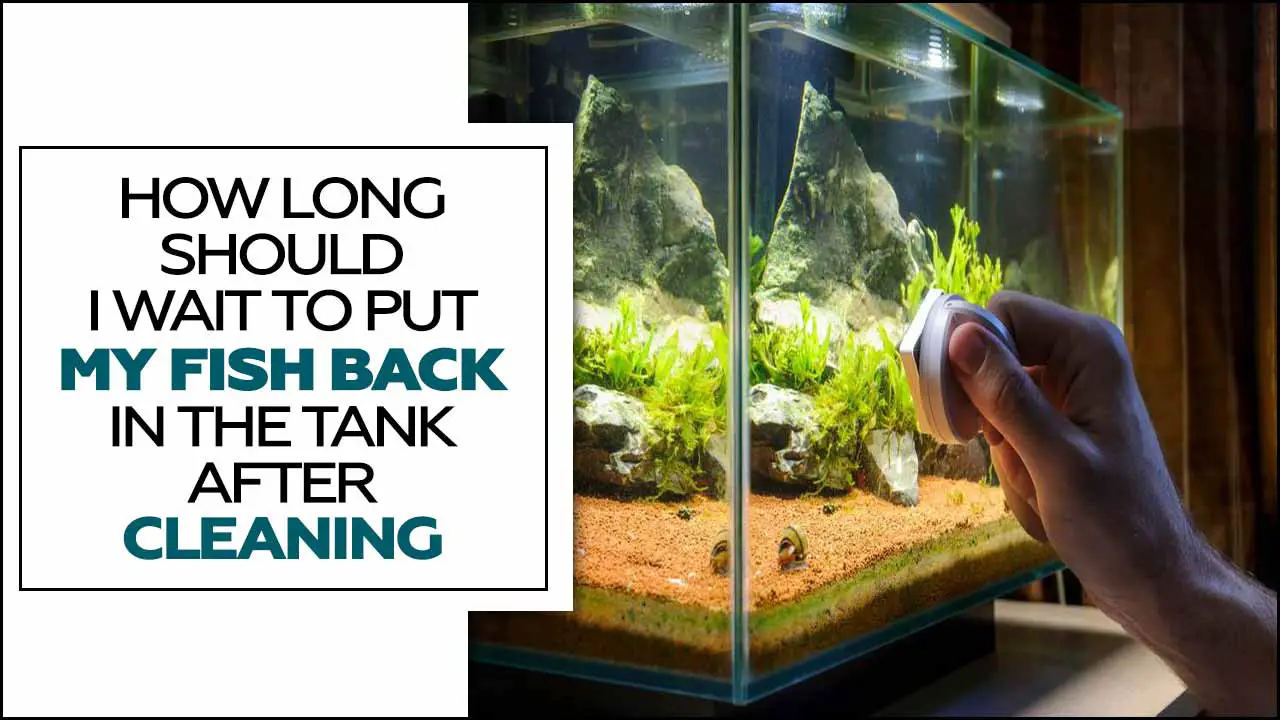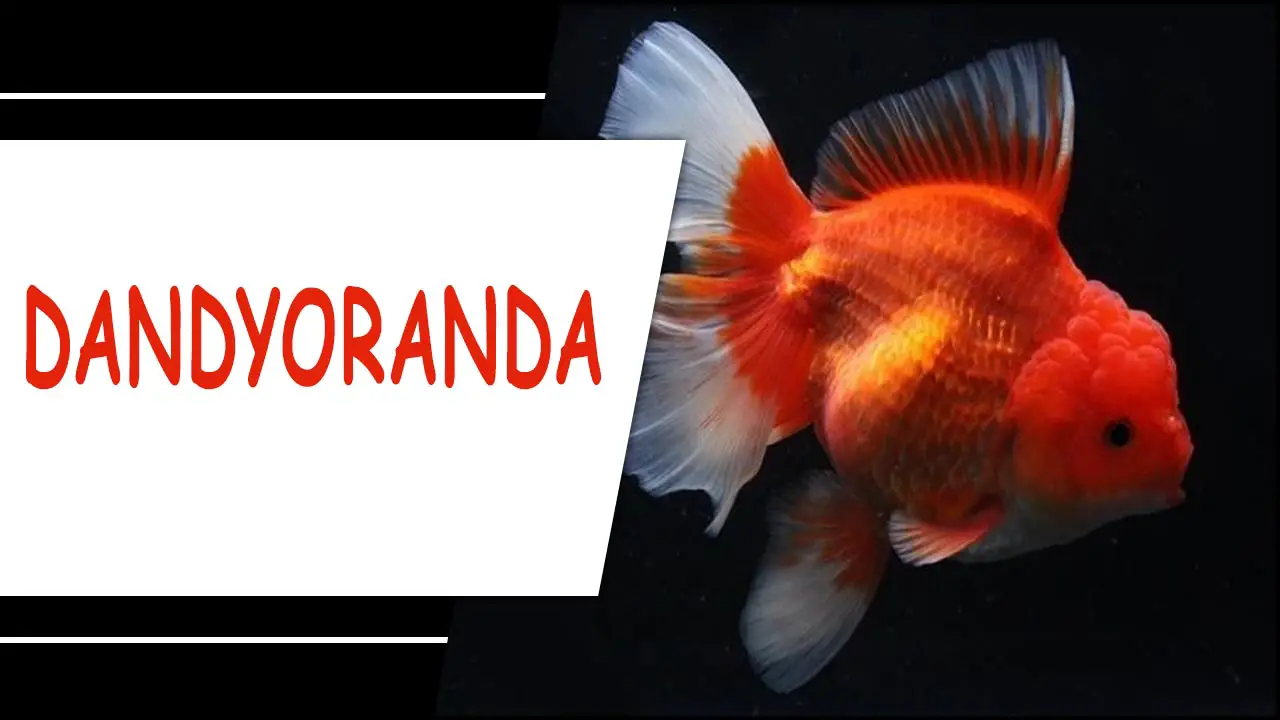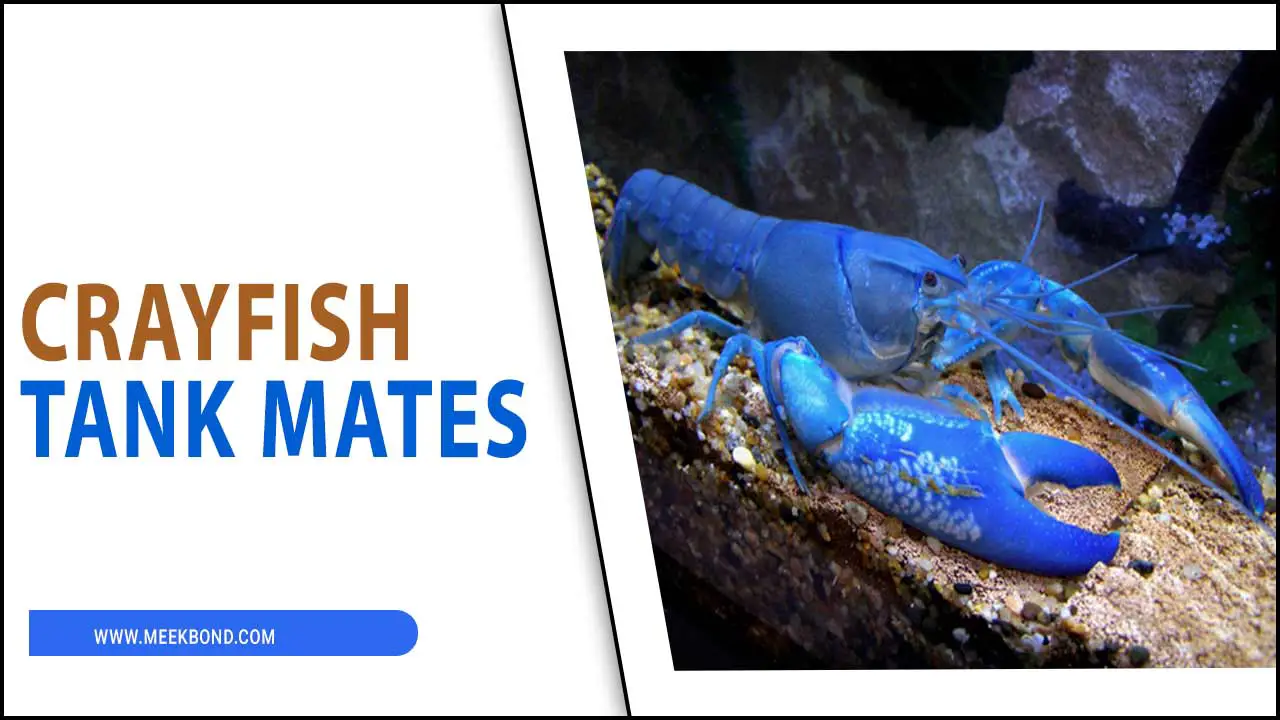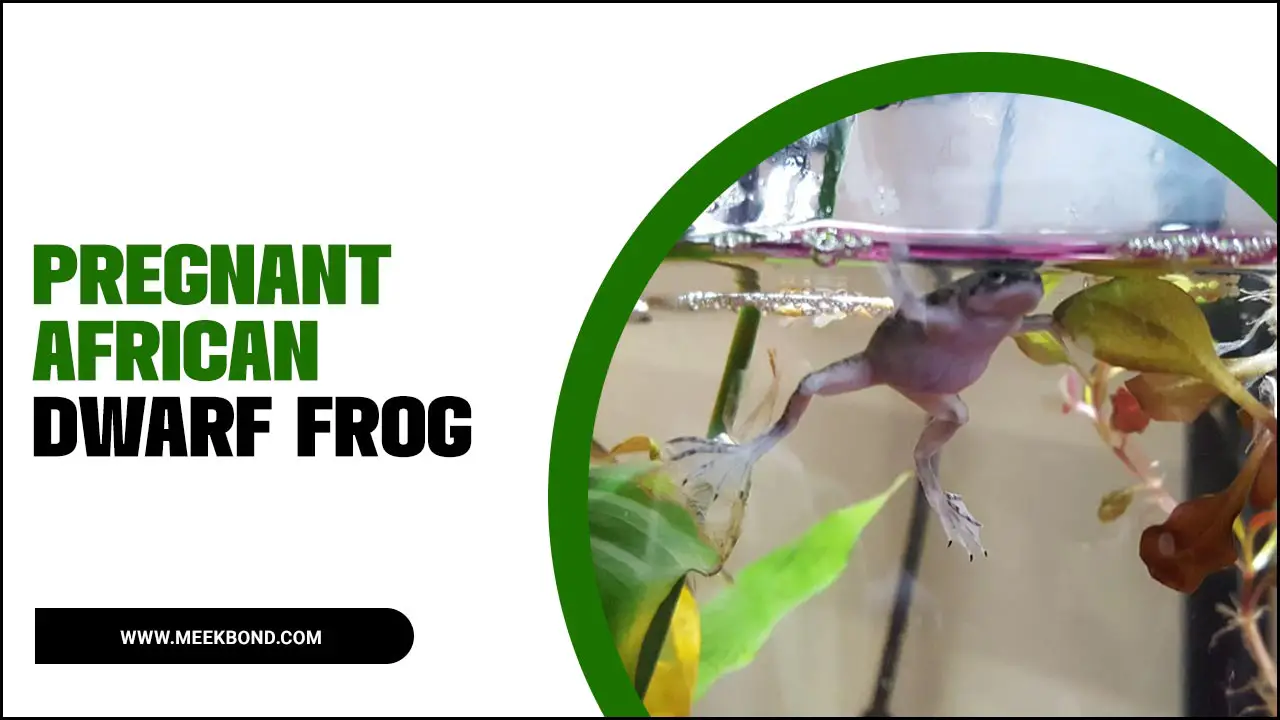The underwater waterfall aquarium illusion involves creating the perception of a cascading waterfall within a tank. This effect is achieved by cleverly using specialized lighting and water flow techniques.
A reef or planted tank setup is typically required to achieve this illusion. Regular maintenance and cleaning are crucial to maintain the realistic appearance of the illusion. Adding fish and other marine life can further enhance the overall visual appeal.
Here we will take you through all the necessary steps for creating an underwater waterfall in an aquarium. From selecting the right materials to assembling them correctly, setting up air pumps and creating a collection basin. We will also share tips for maintaining your aquarium and troubleshooting common problems. Get ready to dive into the world of underwater illusions.
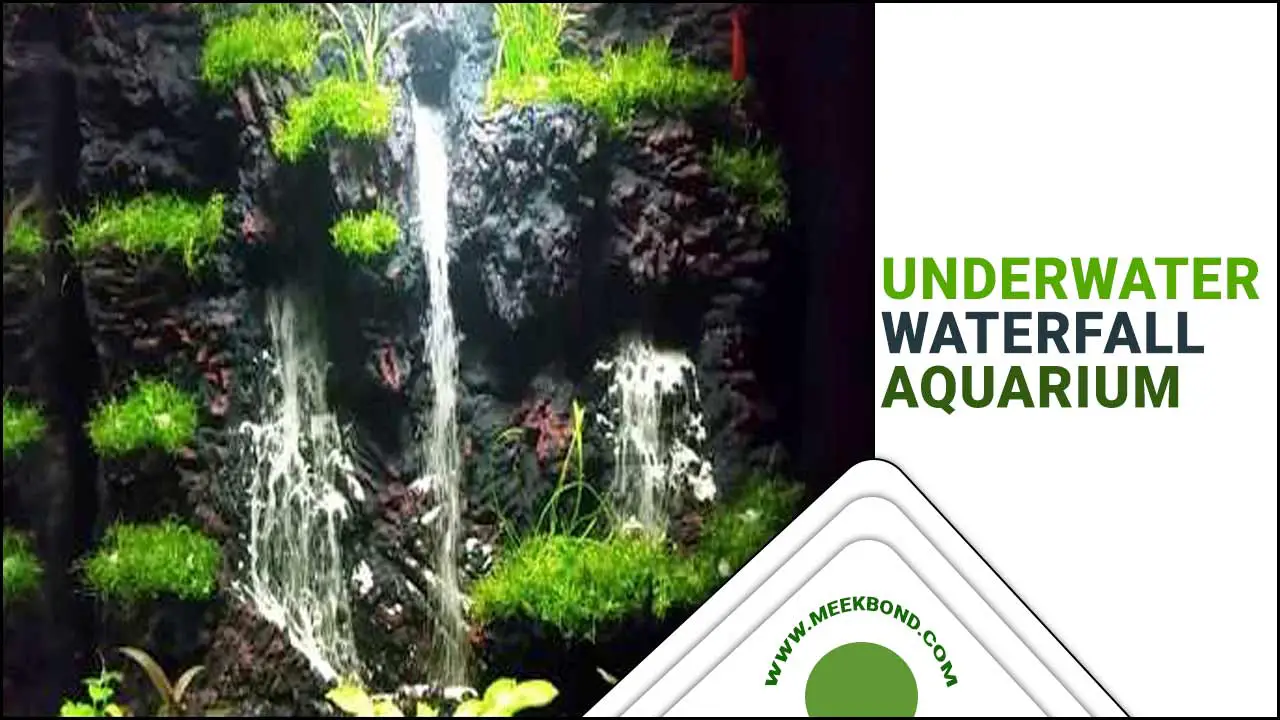
Creating An Underwater Waterfall Aquarium Illusion – In The Right Way
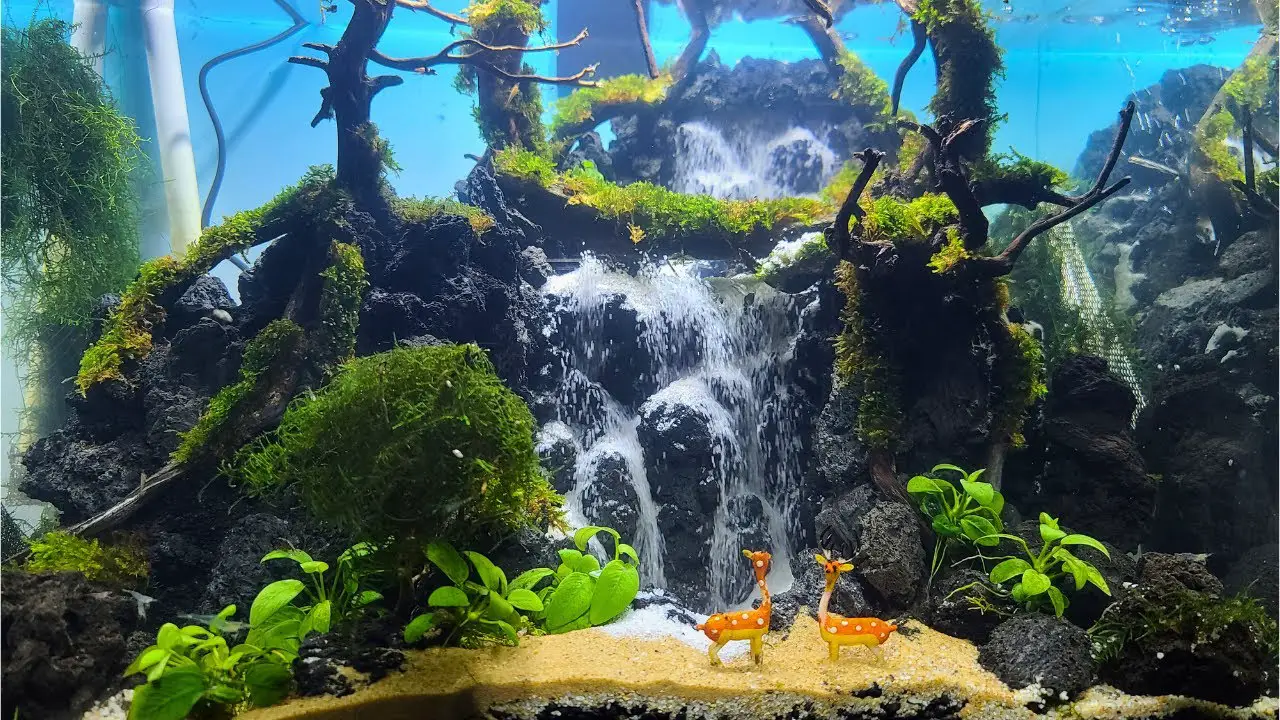
To create an underwater waterfall aquarium illusion, a specialized aquarium design is essential. Carefully selecting plants and rocks to mimic cascading water over a cliff is crucial. Proper lighting highlights the movement of the water, enhancing the overall effect.
Regular maintenance and cleaning are necessary to maintain the illusion’s realism. Consider hiring a professional aquarium design company for the best results. Below we provide a full guideline in detail to create an aquarium waterfall.
Necessary Materials For Creating An Underwater Waterfall
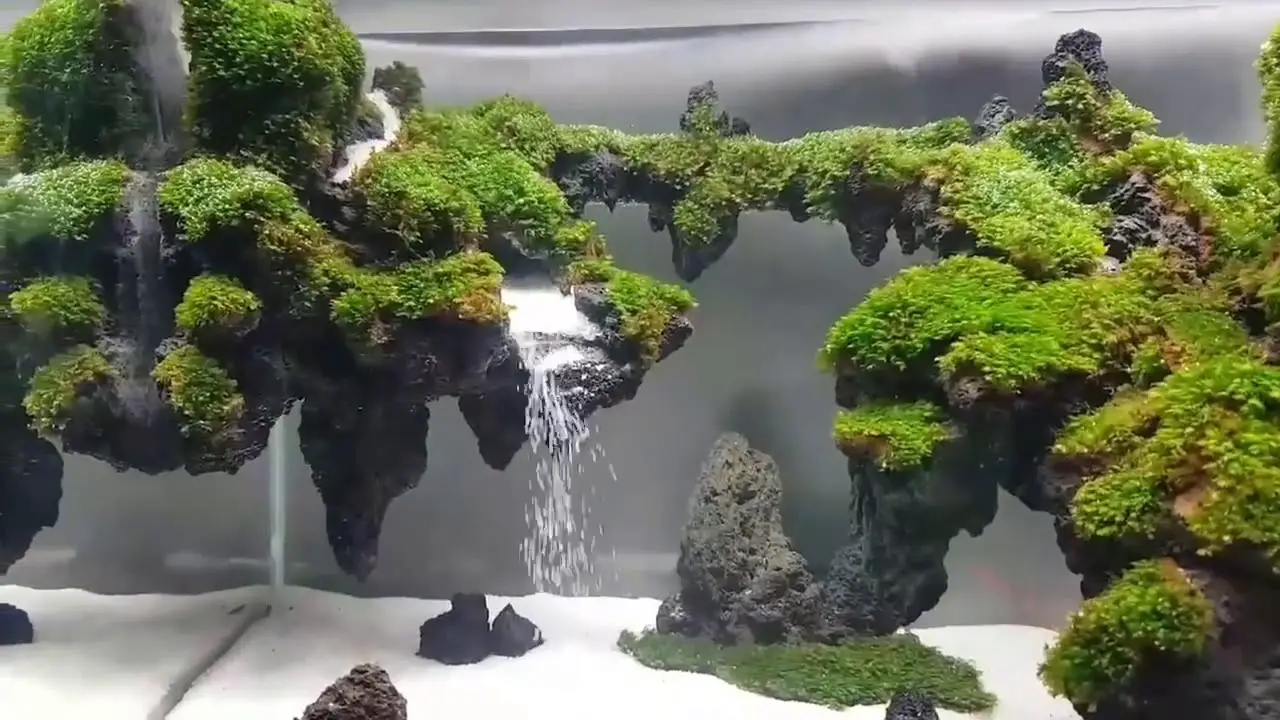
Creating an underwater waterfall illusion requires specific materials to achieve the desired effect. Firstly, a clear-front-and-back glass tank is essential for the illusion to work correctly. The use of acrylic sheets redirects water flow and enhances the cascading effect. An air pump and tubing also help create bubbles and move water through the sheets.
Adding substrate, rocks, and plants can give your creation a more natural look. Proper lighting is vital to add depth and drama to your underwater scene. Colored lights can create a more realistic setting that mimics the appearance of an actual waterfall. With these materials, you can create a mesmerizing underwater waterfall illusion that will captivate anyone who sees it.
Choosing The Right Aquarium
When creating an illusion in your aquarium, it’s essential to consider the tank’s size and shape. Sufficient water volume is necessary for a waterfall effect, so choose an appropriate water-capacity aquarium. The glass used for the aquarium should be strong and clear to avoid any distortion that could affect the illusion.
An overflow box or drilled hole can help create a natural flow for water circulation. A rimless aquarium is ideal for viewing from multiple angles, allowing everyone to enjoy the illusion regardless of where they are standing.
Selecting Suitable Sand For The Waterfall
Choosing the right type of sand is crucial when creating a waterfall illusion in your underwater aquarium. To achieve a smooth-flowing waterfall effect, opt for fine-textured sand and avoid coarse or rough sand that may hinder the illusion. The color of the sand can also play a vital role in creating contrast with the surrounding decor, so choose wisely.
Ensuring that the sand you use is safe for aquariums is essential. You can find the perfect combination to achieve the desired effect by experimenting with different sand types. Clean and rinse the sand thoroughly before adding it to your aquarium to prevent contamination.
Assembling And Setting Up The Air Pump
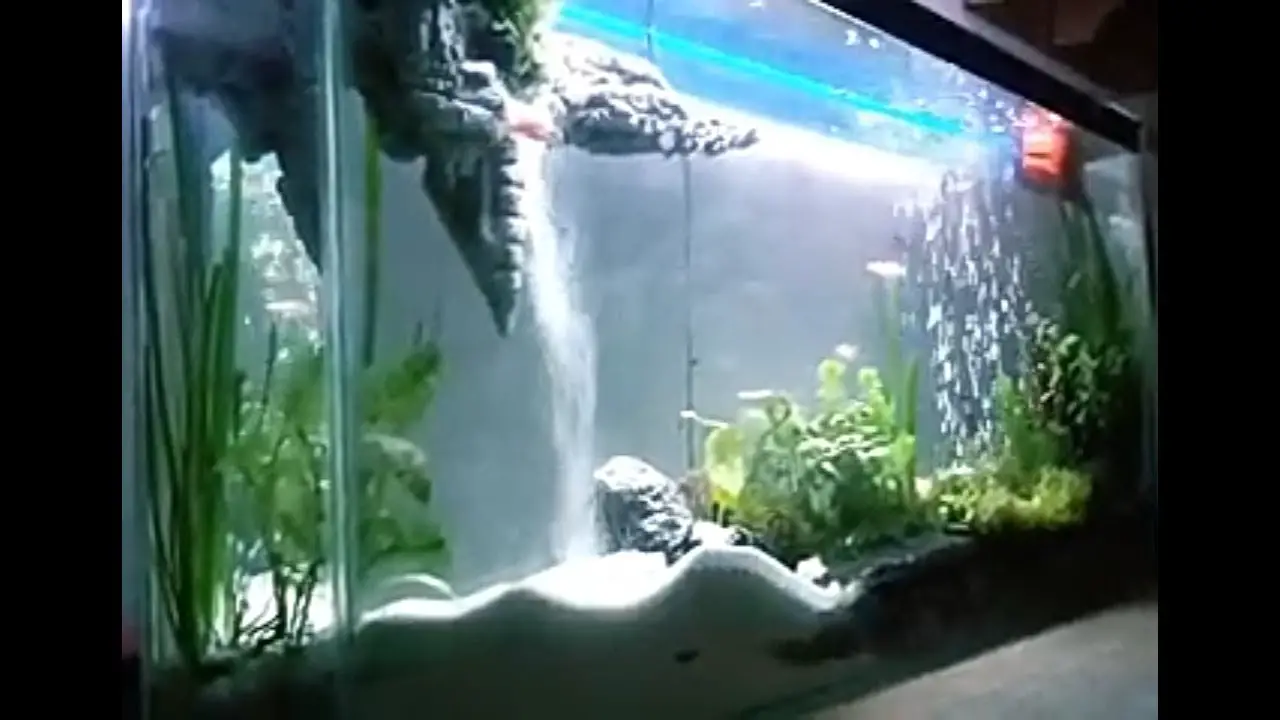
To assemble and set up the air pump for your underwater waterfall illusion, choose an appropriate air pump for your aquarium size. Attach the air pump to the airline tubing and connect it to the airstone. Place the air stone at the desired location in your aquarium and adjust the airflow until you achieve the desired waterfall effect. Regularly monitor the air pump to ensure it works correctly and replace worn-out parts as needed.
Positioning The Pump Correctly
To ensure the optimal effectiveness of the air pump in your aquarium, it is advised to position it at the bottom. This placement helps prevent the disturbance of live plants and fish. Using a suction cup to secure the pump in place can prevent movement. It is also essential to ensure the pump is not too close to the surface, which can lead to noise and splashing.
Regularly checking for clogs or damage is necessary for maintaining optimal performance. Air pumps play a crucial role in creating a healthy environment for aquatic life, as they help increase oxygen levels in the water and promote better circulation. By following these guidelines, you can ensure the best possible results from your aquarium’s air pump system.
Ensuring Proper Air Flow
Proper airflow is essential for achieving an effective underwater waterfall illusion in your aquarium. Use an air pump with adjustable flow settings to fine-tune the effect. Consider using multiple air stones for a more realistic waterfall effect. Regularly clean and replace air stones to maintain proper airflow. Experiment with different placement of air stones to achieve the desired effect.
Creating The Collection Basin
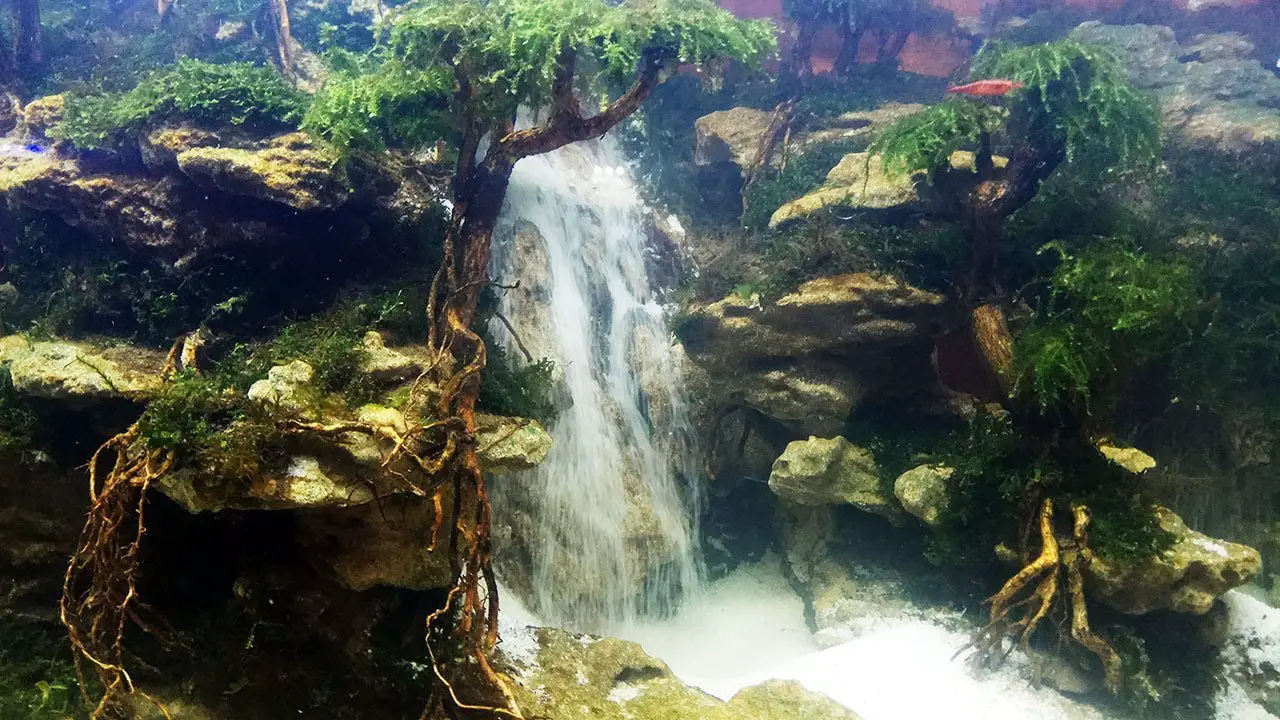
Choose a clear container 12 inches deep to create the collection basin. Drill a hole near the bottom for the tubing to pass through. Secure the pump at the bottom with rocks or gravel and attach the tubing. Fill the container with water, ensuring the pump is fully submerged. Adjust the flow rate for the desired illusion effect.
Stacking Rocks For A Natural Look
Creating a natural underwater scene in an aquarium requires careful planning and execution. Begin by constructing a solid foundation layer with rocks of varying sizes and shapes that resemble the movement of water. To add realism, fill in crevices with sand and gravel. The final touch is to introduce aquatic plants and fish to the aquarium.
This enhances the visual appeal and creates a more natural environment for aquatic life. It is important to ensure that the plants and fish are compatible with each other and the tank’s size before adding them. Decorating your aquarium in this way can create a peaceful oasis in your home or office space while providing a healthy habitat for your aquatic pets.
Important Tips For Safe Rock Placement
When stacking rocks in an aquarium, safety should be the top priority. Choosing sturdy and non-toxic rocks that won’t affect the water chemistry or harm the fish is essential. Ensure that the rocks are placed securely to prevent them from toppling over and causing injury to the fish.
Use aquarium-safe glue or silicone to hold the rocks in place if necessary. Avoid creating narrow gaps between rocks that could trap the fish and potentially harm them. Following these guidelines can create a beautiful and safe environment for aquatic pets.
Decorating The Aquarium For Aesthetic Appeal

Consider incorporating live plants for a natural aesthetic and a healthy environment. Use rocks, driftwood, and coral for a realistic underwater scene. Add lighting to enhance features and create depth. Props like bubbles or an artificial waterfall can make the display unique. Regular cleaning and maintenance are essential for keeping the aquarium looking its best.
Selecting The Right Plants And Accessories
To create a stunning underwater illusion in your aquarium, it’s important to choose the right plants and accessories. Consider adding tall, flowing plants that mimic the appearance of a waterfall. Rocks and driftwood can add a natural feel to the aquascape.
Use blue-tinted lights to simulate an underwater environment, and consider adding fish that swim in a darting motion to enhance the illusion. You can create a captivating underwater waterfall illusion with the right selection of plants and accessories.
How To Maintain Your Underwater Waterfall?
Maintaining your aquarium’s underwater waterfall in optimal condition requires regular maintenance. To uphold water quality, it is important to conduct periodic water changes. Ensure the proper functioning of the filter by cleaning it on a regular basis. Test the water parameters and make any necessary adjustments accordingly. Additionally, you may want to enhance natural filtration and aesthetic appeal by considering the addition of live plants.
What Are The Common Problems, And How To Troubleshoot Them?
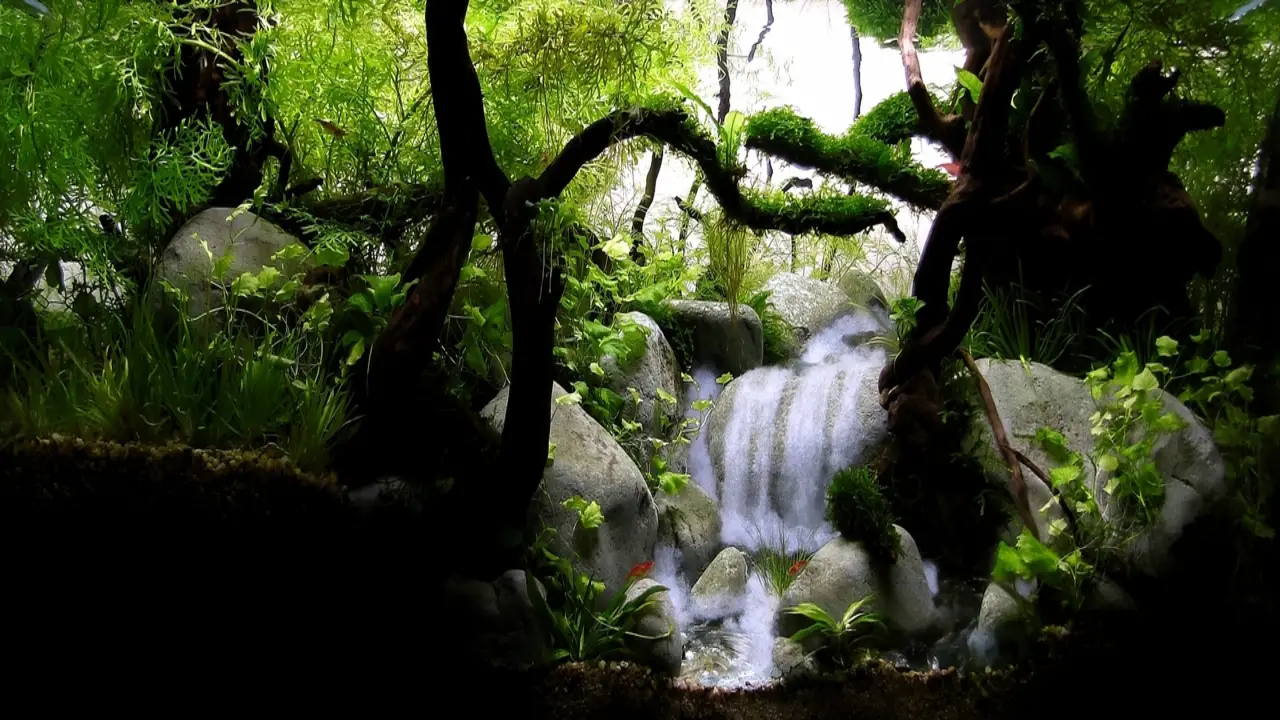
Creating an underwater waterfall illusion can be challenging due to water clarity and pump malfunctions. To address clarity problems, regularly clean the filter. If the pump isn’t working correctly, check for clogs or damage to the impeller.
Ensure compatibility between equipment and the size of your aquarium or pond. Design a natural-looking effect using plants, rocks, and LED lights. Take safety precautions as water and electricity don’t mix well. Consult with professionals for safe installations if needed.
Conclusion
Proper planning and attention to detail are crucial to create the illusion of an underwater waterfall aquarium. Each step plays a significant role in achieving the desired effect, from selecting the right aquarium and sand to assembling the air pump and creating a collection basin. Stacking rocks and decorating the aquarium with suitable plants and accessories enhance its aesthetic appeal.
Maintaining the underwater waterfall properly is important by addressing common problems and troubleshooting them promptly. By following these steps and taking care of your underwater waterfall-aquarium, you can enjoy the mesmerizing beauty and tranquillity it brings to your space. Dive into this project and create a stunning illusion that will captivate anyone who sees it.
Frequently Asked Questions
Is The Underwater Waterfall Real?
The underwater waterfall is not real, but an illusion created using rocks, sand, and water flow. This stunning effect can be achieved in different sizes and shapes of aquariums with proper setup and maintenance.
What Kind Of Sand Do You Use In An Aquarium Waterfall?
Use fine-grain sand to create an underwater waterfall illusion in your aquarium for the best results. Avoid coarse sand, disrupting the water flow and ruining the illusion. Black or white sand are popular choices, depending on your preference. Always clean and rinse the sand before adding it to the aquarium.
What Is An Aquarium Underwater Waterfall?
An aquarium underwater waterfall is an awe-inspiring illusion that mimics the appearance of a cascading waterfall beneath the water’s surface. By strategically placing rocks and sand, this optical effect creates the illusion of water flowing into a deep abyss. Using an underwater pump or air stone enhances the visual impact by creating a realistic flowing water effect.
Is There A Difference Between A Normal And An Aquarium Underwater Waterfall?
Yes, there is a distinction between a regular aquarium and an underwater waterfall-aquarium. The latter uses water flow to create the illusion of a waterfall within the tank. The equipment and maintenance for an underwater waterfall-aquarium differ from a normal one.
Which Fish Do You Recommend For An Underwater Waterfall-Aquarium?
When choosing fish for an underwater waterfall-aquarium, consider tetras, guppies, and angelfish. Ensure the fish can tolerate your aquarium’s water parameters and temperature. Research each species’ specific needs before adding them to the tank. Enhance the environment with aquatic plants and decorations for a natural look.

Aquarium passion is all about connecting with the aquatic life and providing education to the public on the importance of these creatures. We showcase a wide variety of marine life through our exhibits as well as working with schools to provide unique learning opportunities for students of all ages.

